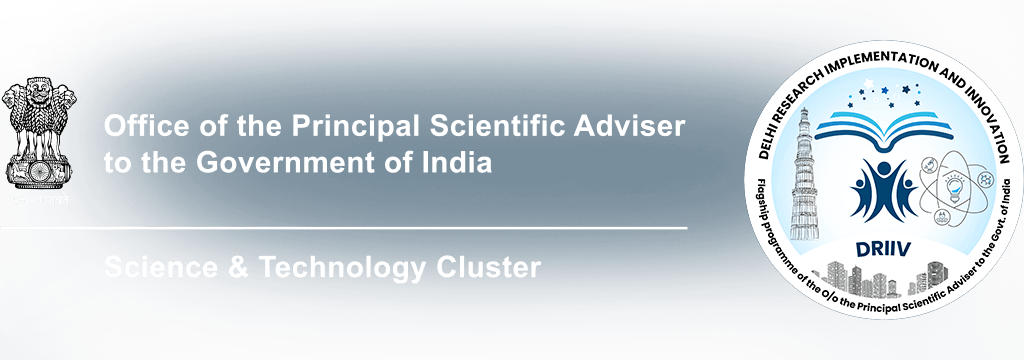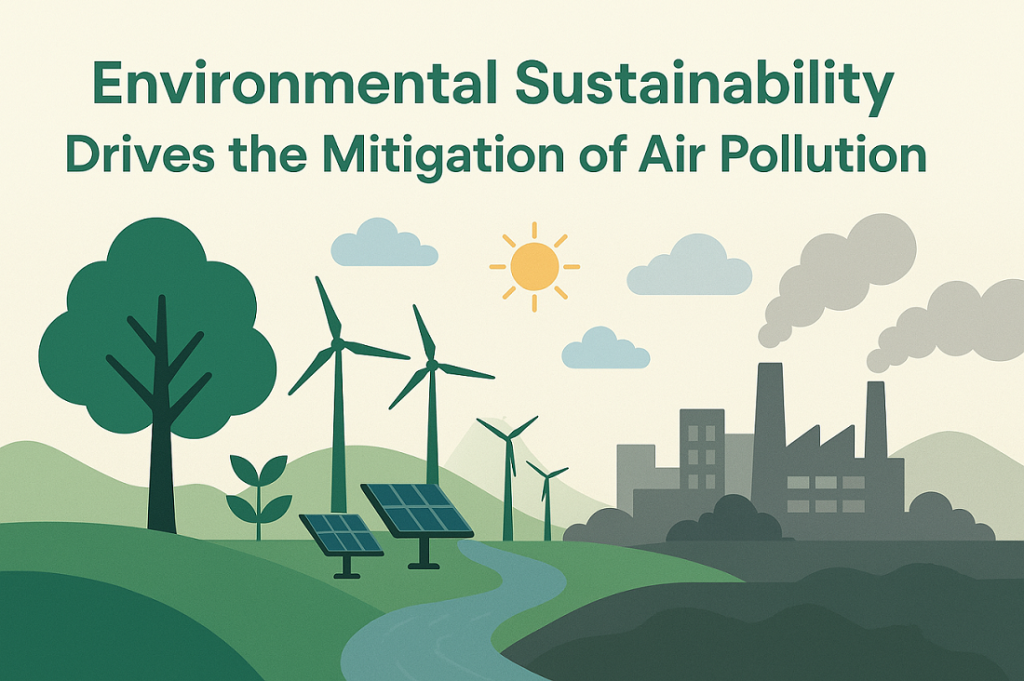In recent years, the conversation around environmental sustainability has gained remarkable momentum worldwide. With rising levels of pollution, climate change, and ecological degradation, sustainable practices have become not just a choice but a necessity. One of the most pressing challenges in this domain is the mitigation of air pollution. At DRIIV, we believe that creating a sustainable future involves embracing innovative strategies and technologies to control air pollution effectively.
In this blog, we will explore the relationship between environmental sustainability and air pollution mitigation, delve into advanced technologies to control air pollution, and understand why controlling air pollution is crucial for a healthier planet.
Understanding Environmental Sustainability and Air Pollution
Environmental sustainability refers to responsible interaction with the environment to avoid depletion of natural resources, ensuring long-term environmental quality and ecological balance. One of the primary threats to this balance is air pollution.
Air pollution not only harms human health but also accelerates climate change, damages ecosystems, and reduces agricultural productivity. From vehicle emissions and industrial discharges to deforestation and open burning, numerous human activities contribute to poor air quality worldwide.
Addressing air pollution is an essential part of environmental sustainability. Without proactive air pollution mitigation measures, sustainable development goals become harder to achieve.
Importance of Mitigation of Air Pollution
The mitigation of air pollution focuses on reducing or preventing the emission of pollutants into the atmosphere. These pollutants include particulate matter (PM2.5 and PM10), nitrogen oxides (NOx), sulfur dioxide (SO2), carbon monoxide (CO), and volatile organic compounds (VOCs).
Reducing these emissions leads to numerous benefits:
Improved public health: Cleaner air means fewer respiratory and cardiovascular diseases.
Enhanced biodiversity: Reduced pollution helps protect wildlife and natural habitats.
Climate change mitigation: Many air pollutants, like black carbon, also act as climate forcers.
Economic savings: Healthier populations mean lower healthcare costs and improved workforce productivity.
At DRIIV, we emphasize integrated solutions that combine policy, innovation, and community participation to tackle air pollution effectively.
Technologies to Control Air Pollution
The good news is that several advanced technologies to control air pollution are making significant impacts globally. Here’s a closer look at some of them:
1. Electrostatic Precipitators
Electrostatic precipitators (ESPs) are widely used in industries to remove fine particulate matter from exhaust gases. They use electrical charges to attract and capture particles, preventing them from entering the atmosphere.
2. Scrubbers
Scrubbers are essential devices for cleaning industrial emissions. They work by spraying a liquid (usually water) into a gas stream to “scrub” pollutants such as sulfur dioxide and other gases, effectively reducing harmful emissions.
3. Catalytic Converters
Commonly installed in vehicles, catalytic converters reduce harmful emissions by converting pollutants like nitrogen oxides and carbon monoxide into less harmful substances like nitrogen and carbon dioxide.
4. Biofilters
Biofiltration is an eco-friendly method that uses microorganisms to degrade pollutants present in air streams. It’s particularly effective for treating odorous compounds and volatile organic compounds (VOCs).
5. Air Quality Monitoring Systems
While not a direct control device, air quality monitoring is critical for effective control of air pollution. Real-time monitoring systems help identify pollution hotspots and enable prompt action to reduce emissions.
At DRIIV, we promote the adoption of such cutting-edge solutions to foster environmental sustainability and cleaner air.
Strategies for Control of Air Pollution
Apart from technology, strategic actions play a vital role in the control of air pollution. These include:
Policy interventions: Governments worldwide are implementing stricter emission norms and environmental regulations to ensure industries and vehicles comply with air quality standards.
Urban planning: Designing greener cities with more public transport options, green belts, and better waste management systems can significantly reduce urban air pollution.
Renewable energy transition: Shifting from fossil fuels to solar, wind, and other renewable sources cuts down harmful emissions.
Public awareness campaigns: Educating the public about air pollution sources and prevention methods is critical for widespread change.
At DRIIV, we believe that collective action from individuals, communities, businesses, and governments is necessary to create a cleaner, healthier environment.
Role of Community Participation
While governments and industries play a significant role, community involvement cannot be overlooked. Everyday actions, such as reducing vehicle usage, supporting clean energy initiatives, and minimizing waste burning, contribute significantly to air pollution mitigation efforts.
At DRIIV, we encourage communities to participate actively in sustainability initiatives. Simple steps like planting trees, using energy-efficient appliances, and advocating for clean air policies can go a long way toward protecting our environment.
Future Outlook
Looking ahead, advancements in research and development are expected to deliver even more effective technologies to control air pollution. Innovations like artificial intelligence for pollution forecasting, green hydrogen fuel, and carbon capture and storage are poised to transform our approach to air quality management.
At DRIIV, we remain committed to driving these innovations and promoting practices that align with our mission of environmental sustainability.
FAQs
Q1: What is the role of environmental sustainability in air pollution mitigation?
Ans: Environmental sustainability promotes practices that reduce emissions and conserve resources, making it a cornerstone for the mitigation of air pollution. Sustainable development strategies ensure that air quality improvements are achieved without compromising future generations.
Q2: How do technologies help in the control of air pollution?
Ans: Technologies to control air pollution, such as electrostatic precipitators, scrubbers, and catalytic converters, help capture or neutralize harmful pollutants before they enter the atmosphere, significantly improving air quality.
Q3: What are some effective ways to support the mitigation of air pollution at the community level?
Ans: Communities can support air pollution mitigation by reducing vehicle usage, conserving energy, avoiding waste burning, planting trees, and participating in local clean air initiatives.
Q4: Why is it important to monitor air quality?
Ans: Monitoring air quality helps identify pollution sources, measure progress in control of air pollution, and enable timely interventions to prevent health hazards and environmental damage.
Q5: How is DRIIV contributing to environmental sustainability and air pollution control?
Ans: DRIIV advocates for innovative solutions, community participation, and policy advancements to achieve environmental sustainability and effective air pollution mitigation, ensuring cleaner air for all.
By embracing sustainable practices and leveraging advanced technologies, we can make significant strides in the control of air pollution. At DRIIV, we are dedicated to leading the way towards a cleaner, healthier, and more sustainable future for generations to come.


